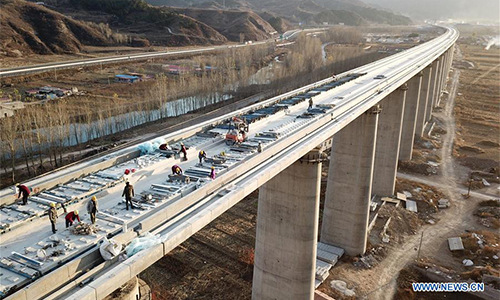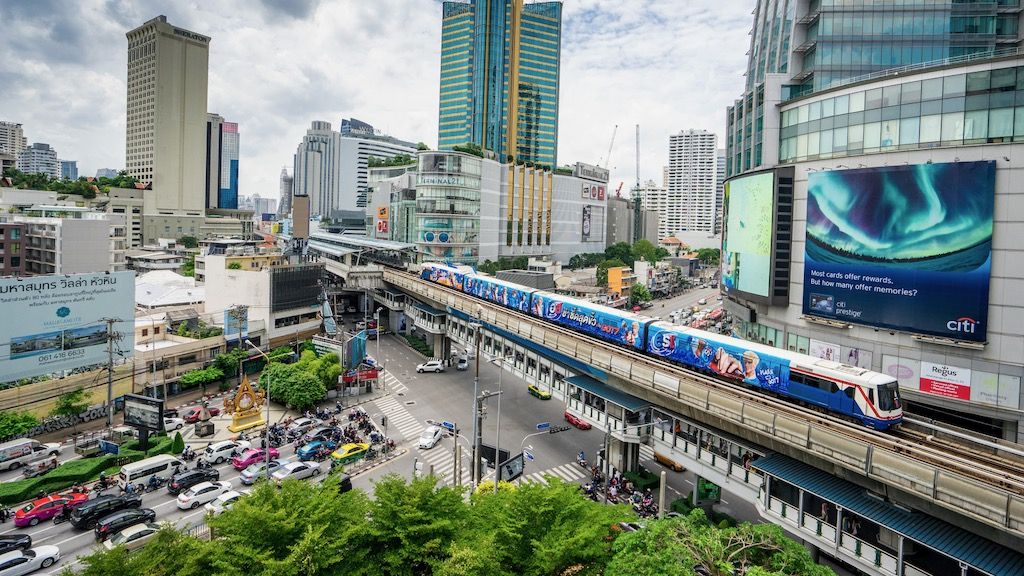
The border between Aranyaprathet, Sa Kaeo, Thailand and Poipet, Cambodia. Photo by Thanate Tan via Flickr (CC BY 2.0).
New Highway Linking Thailand to Cambodia On Track for Completion
Thailand's Department of Highways noted that construction of the new Highway 3646 linking Thailand and Cambodia is already 70% complete. Full completion is expected by next February. Highway 3646 will connect Ban Nong Ian in Sa Kaeo, Aranyaprathet, Thailand, to Banteay Meanchey, Cambodia, via the Thailand-Cambodia Friendship Bridge.








